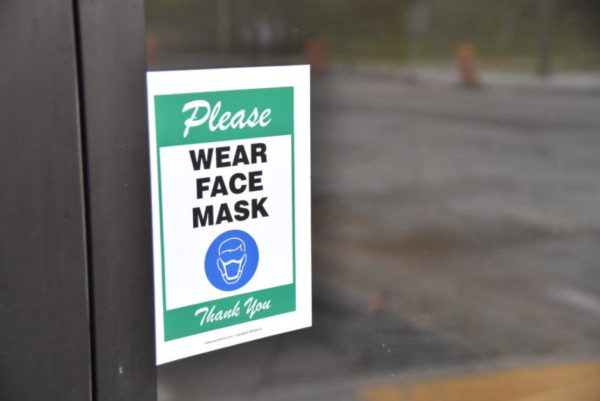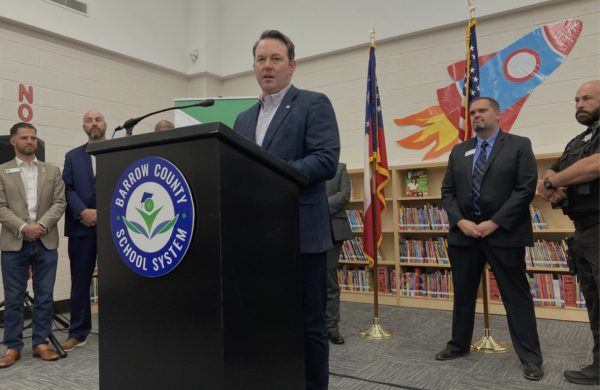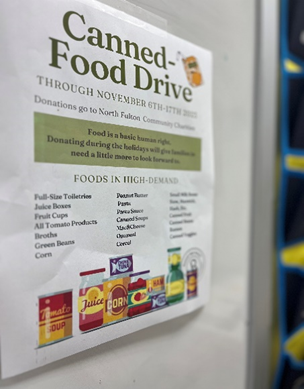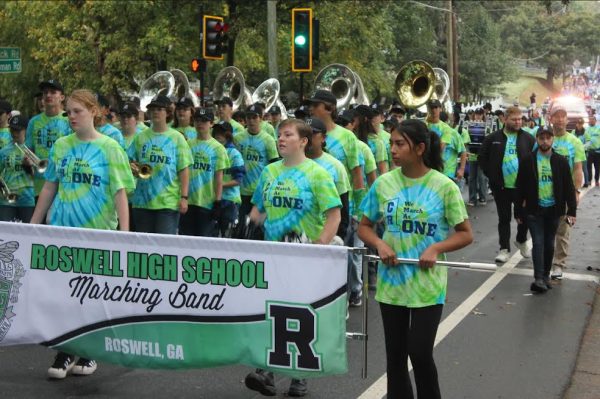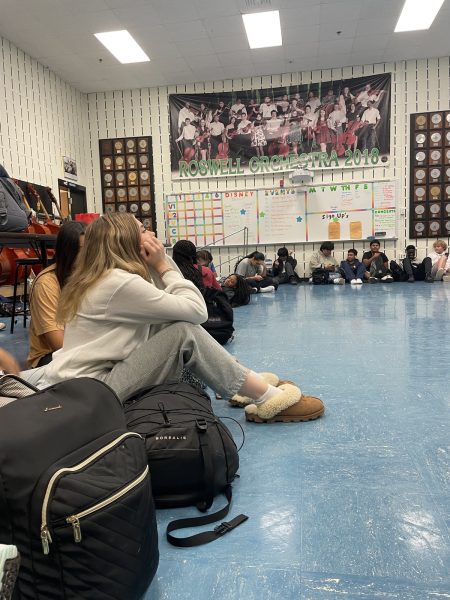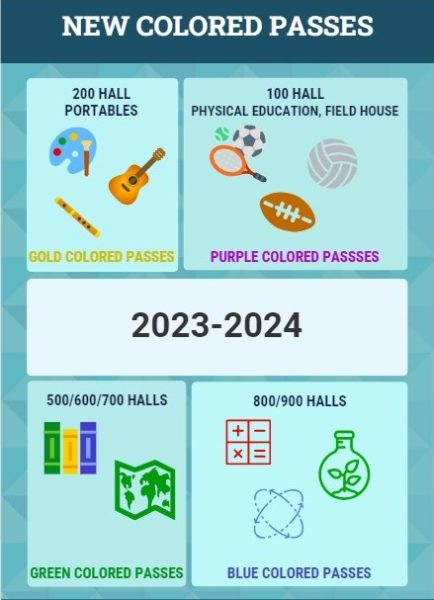FAFSA and college deadlines are approaching soon
October 29, 2018
It is already the time of the year when students think about college. There are so many things to do, and, believe it or not, time flies quickly. Students, especially seniors, are doing college visits, applying for scholarships, making a FSA ID and applying for colleges. But what is FAFSA and is there anything to keep in mind when applying for colleges?
FAFSA stands for the Free Application for Federal Student Aid, and it is a form that can be prepared annually by students in the United States to determine if they are eligible for student financial aid. This isn’t the same as the CSS Profile. Some colleges do require the CSS issued by the College Board, but it requires payment and is used by colleges with their own funding. To get the FAFSA, students must do the following:
1. Create a FSA ID: Go to fafsa.gov to create the ID. Create a username and password then email address. Students are required to put in their name, date of birth, Social Security number, contact information and challenge questions and answers. Review the information in case of any errors made and accept the terms and conditions. Students have the option to input their email address as their username in case they forget it.
2. Any Assistance Needed: Students should check with their school counselor about financial aid nights or FAFSA completion events in school, if any. Each year, GSFC partners with schools, colleges and community organizations to host these events across the state to help students and their families complete the FAFSA. And best of all, it’s FREE. When at an event, students need their Social Security number, Alien Registration Number (non-U.S. citizen), the parent’s most recent federal income tax returns, W-2s and other records of money earned, bank statements and records of investments (if applicable), records of untaxed income (if applicable) and the student’s FSA ID to sign in.
3. Fill the FAFSA Out: Go to the website and login with the FSA ID, since applying online is quicker, easier and ensures any information will be saved for the next year. Enter any personal information, then any financial information. The IRS Data Retrieval Tool is an easy way to transfer tax data to the application. The student then should input his or her top ten schools, even the ones that they applied for and were accepted by. Then, recheck the status after submitting the FAFSA. The student must receive a Student Aid Report within three weeks from [email protected] or in the mail if the applicant did not provide an email address. If the student made any mistakes, he or she must immediately correct it and resubmit it quickly.
College is the next step for a high schooler, especially seniors. Juniors are expected to plan for college.
• Meet up with School Counselors: Counselors can help out when students are insecure and would gladly answer any questions.
• Take Challenging Courses: This will help when taking college courses.
• Explore scholarships: Spend some time thinking about any achievements done in class, activities and in the community.
• Narrow down college choices: Find some colleges and find ones that are hosting visits in the area.
• Take the SAT and ACT: Colleges require SAT and ACT scores. Take some when the opportunity presents itself.
• Visit some college campuses.
For seniors, it is a different type of story.
• From the months of August and September, students were to plan their admissions, find some scholarships, get an estimate on federal aid eligibility and compare college costs and aid availability of the top colleges. College visits were already available.
• Now that it is October, FAFSA has already started. Students are expected to complete FAFSA as soon as possible with the recommended steps above.
• While looking through any colleges they are interested in, seniors should be vigilant when finding whether it requires additional financial aid and when its deadlines are, as well as the SAT or ACT scores they require.
• Students are also expected to have their GA Futures, Common App and Parchment accounts ready. GA Futures is the premier resource to help Georgians of all ages explore colleges, careers and financial aid options. Parchment is a simple way to request, send and store transcripts. The Common Application (informally known as the Common App) is an undergraduate college admission application that applicants may use to apply to any of more than 700-member colleges and universities in 49 states and the District of Columbia, as well as in Canada, China and many European countries.
• Over the course of the next few months, starting in November, seniors must have their counselors send in transcripts to colleges that he or she has applied to. Try everything to get financial aid, depending on the cost of college classes. Complete any last scholarship applications.
FAFSA and college preparation is a stressful time to be in. But there are other people, like parents and school counselors that are here to help. Starting right now would be the best time possible to talk to these people, since there will be a huge competition for admissions. Senior Miles Herron states that, while applying for college, “You need to do college essays and do everything the college asks you to.” It is a big step to make, but it’s possible with timeliness and help.
You can find information about GAfutures, a site useful for seniors planning for college here.
Another useful website is CourseTalk, which will be implementing tools from Parchment College. You can find information about that here.




